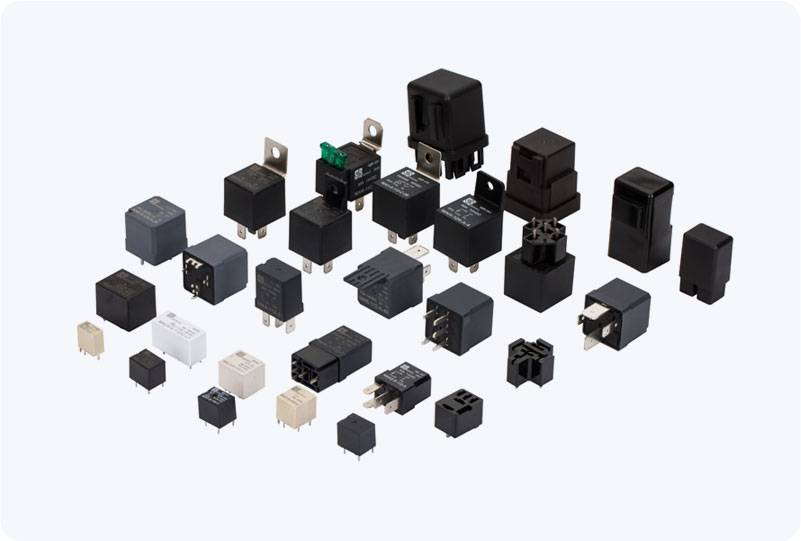understanding 220v ac relay: functionality, applications, and benefits
Release time:2025-06-08 14:39:13
A 220V AC relay is a crucial component in electrical and electronic systems, widely used to control high-voltage circuits with the help of low-voltage control signals. Its versatility and efficiency make it an essential element in industrial automation, home appliances, and various electrical control systems. This article will explore the working principle, applications, and benefits of 220V AC relays, shedding light on why they are integral to modern electrical systems.

What is a 220V AC Relay?
A 220V AC relay is an electrically operated switch designed to control a 220V AC circuit. It consists of a coil, an iron core, and a set of contacts (either Normally Open or Normally Closed). When a low-voltage signal, often DC voltage, is applied to the coil, it generates a magnetic field that attracts a movable iron core. This movement of the core opens or closes the relay's contacts, allowing or interrupting the flow of current through a high-voltage AC circuit.
The primary advantage of using a relay is that it enables a low-voltage control circuit (often 12V DC or 24V DC) to control a high-voltage circuit (such as 220V AC) without direct electrical contact, thereby protecting sensitive components in the control circuit from high-voltage surges.

